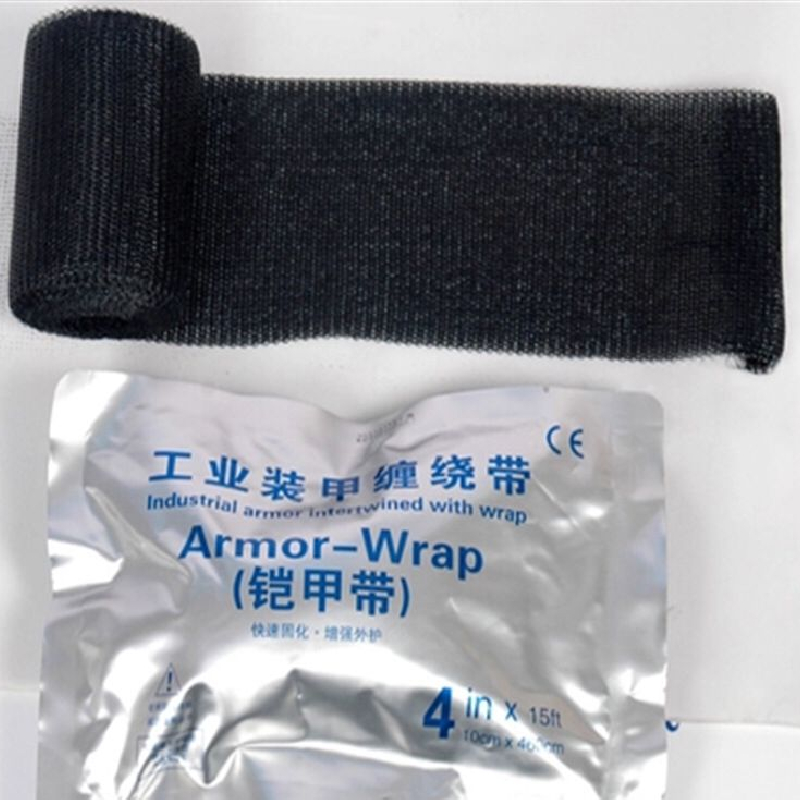The Versatile World of Self-Amalgamating Rubber
Self-amalgamating rubber, often referred to as self-fusing or self-bonding rubber, is an innovative material that has revolutionized various industries with its unique properties and applications. This remarkable polymer has garnered attention in fields ranging from electrical insulation to plumbing, showcasing its versatility and practicality. In this article, we will explore the characteristics, benefits, and applications of self-amalgamating rubber, shedding light on why it has become a preferred choice in many sectors.
Characteristics of Self-Amalgamating Rubber
One of the standout features of self-amalgamating rubber is its ability to fuse with itself without the need for adhesives or solvents. This property comes from its unique formulation, typically consisting of silicone or other elastomeric compounds that allow the material to bond upon contact. When stretched and wrapped around an object, the rubber adheres securely, creating a waterproof and airtight seal. This self-fusing capability makes it particularly effective for creating barriers against moisture and contaminants.
Self-amalgamating rubber also exhibits excellent resistance to extreme temperatures, UV radiation, and various chemicals. These characteristics ensure that the material can maintain its integrity and functionality in challenging environments, whether exposed to high heat, extreme cold, or harsh solvents. Additionally, this type of rubber is often non-toxic and can be used in applications where safety and environmental factors are paramount.
Benefits of Self-Amalgamating Rubber
The benefits of self-amalgamating rubber extend beyond its mechanical properties. One of the most significant advantages is ease of use. Unlike traditional adhesives that require curing time and careful application, self-amalgamating rubber can be applied quickly and effectively. Users can simply stretch and wrap the rubber around the desired surface, allowing for immediate results. This efficiency can save time and labor, making it an attractive option for professionals and DIY enthusiasts alike.
self amalgamating rubber

Another noteworthy benefit is the long-lasting durability of self-amalgamating rubber. Once applied, the material creates a strong, resilient barrier that can withstand various environmental stresses. This longevity translates to reduced maintenance and replacement costs, providing long-term savings in many applications.
Applications of Self-Amalgamating Rubber
The versatility of self-amalgamating rubber opens doors to a myriad of applications across different industries. In the electrical sector, it is commonly used for insulating and protecting cables and connections. Its waterproof properties make it ideal for outdoor electrical installations, where moisture and humidity can pose significant risks. Electricians can rely on self-amalgamating rubber to ensure that their connections remain safe and functional over time.
In plumbing, self-amalgamating rubber is invaluable for sealing leaks and repairing damaged pipes. Whether it’s a temporary fix or a long-lasting solution, this rubber can quickly conform to the shape of the pipe, creating a tight seal that prevents further leakage. This feature is especially beneficial in emergency situations, where time is of the essence, and traditional plumbing repairs may be inadequate.
Furthermore, the automotive industry also utilizes self-amalgamating rubber for various applications, including electrical insulation, hose repairs, and even as a protective coating for sensitive components. Its resilience to heat and chemicals makes it an ideal choice for vehicles that are subjected to harsh operational conditions.
Conclusion
In summary, self-amalgamating rubber is a remarkable material that offers unique properties, making it a go-to solution for a wide range of applications. Its ability to bond to itself without adhesives, coupled with its durability and resistance to environmental factors, sets it apart from traditional materials. As industries continue to seek efficient and reliable solutions for their challenges, self-amalgamating rubber is poised to remain a staple in the world of materials science. Whether in electrical installations, plumbing repairs, or automotive applications, its versatility and practicality will undoubtedly continue to drive innovation across various sectors.
-
XIANGFAN Rubber Tape-Ultimate Solutions for All Your Insulation NeedsNewsJun.24,2025
-
XIANGFAN Rubber Tape-Protection for Industrial and Residential ApplicationsNewsJun.24,2025
-
XIANGFAN Rubber Tape: Superior Safety and Sealing for Demanding EnvironmentsNewsJun.24,2025
-
XIANGFAN Rubber Tape: Reliable Solutions for Every Electrical ChallengeNewsJun.24,2025
-
XIANGFAN Electrical & Industrial Tape: Powering Reliability Across IndustriesNewsJun.24,2025
-
XIANGFAN Electrical & Industrial Tape: Excellence in Every ApplicationNewsJun.24,2025
